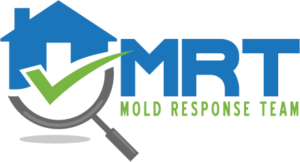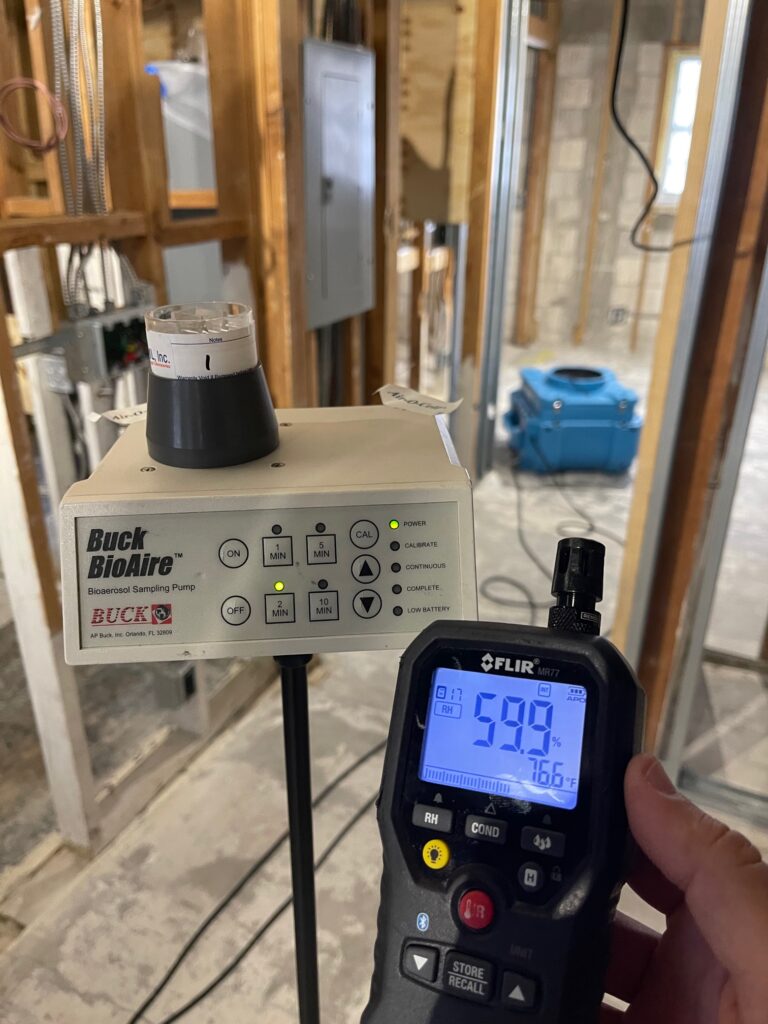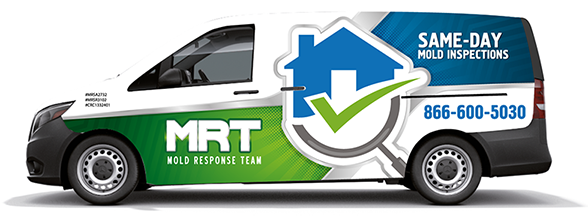Mold Inspection in Lauderhill: What You Need to Know
Mold is a frequent problem for renters and homeowners alike in Lauderhill, due to high humidity. If you suspect mold in your home, you should address the issue promptly. Mold can not only damage your home but also create serious health risks. This post will explain the mold inspection process and what to do if mold is found.
What is Mold, and Why Should You Care?
Mold refers to a fungal growth that thrives in damp environments. It may grow on walls, ceilings, and floors. Although some molds are benign, others, especially black mold, pose significant health risks.
Common signs of mold-related health problems include:
- Coughing, sneezing, or shortness of breath
- Rashes or skin irritation
- Eye irritation
- Worsening asthma symptoms
If you notice these signs or see visible mold, you should consider getting a mold inspection.
Why Hire a Mold Inspector?
Many people think they can deal with mold on their own, a certified inspector is the right choice. Certified inspectors can pinpoint the type of mold and inspect how widespread the contamination is.
A typical mold inspection will involve these key processes:
- Surface Review: The inspector looks for visible mold on walls, ceilings, and other surfaces.
- Moisture Evaluation: Inspectors check for high moisture levels, as mold loves moisture.
- Air Sampling: Mold spores can still be present, air samples can reveal mold spores.
- Sample Collection: Surface tests can determine mold type.
- In-Depth Report: Afterward, you’ll receive a detailed mold inspection report with next steps for remediation.
Need a Mold Inspection in Lauderhill? Contact Us!
At the Mold Response Team, we provide mold inspection services in Lauderhill. Get in touch now to schedule an inspection.
FAQs About Mold Inspections
Q: What does a mold inspection cost?
A: The cost varies based on the size of the home.
Q: How much time does it take?
A: Inspections typically last 30-60 minutes.
Q: Do I need to leave my home?
A: If the mold issue is widespread, temporary relocation may be required.
What Happens During a Mold Inspection?
In Lauderhill, due to high humidity and occasional heavy rains, your home may have mold risks. A mold inspection will focus on areas like:
- Basements and Attics: These tend to trap moisture.
- Wet Rooms: High humidity in these rooms make them common areas for mold growth.
- Entry Points: Leaky windows and doors let water seep in.
- Air Conditioning Ducts: If not properly maintained, HVAC units and ducts can harbor mold.
After the Mold Inspection: Next Steps
If mold is found, the next step is remediation. Mold remediation means eliminating the mold and resolving the underlying moisture issue. This could require removing walls, flooring, etc. or changing out infected materials. After the remediation process, the home is rechecked to ensure the mold is gone.
How to Prevent Mold
To keep mold at bay, follow these recommendations:
- Repair Leaks Promptly: Tackle plumbing or roof leaks to avoid water accumulation.
- Control Humidity: In humid areas like Lauderhill, dehumidifiers are essential.
- Improve Airflow: Proper ventilation in bathrooms and kitchens is crucial.
- Routine Maintenance: Regular upkeep and cleaning in damp areas.
Should You Hire a Mold Inspector?
If you detect mold symptoms, call a professional in Lauderhill. Early identification can prevent major damage.



